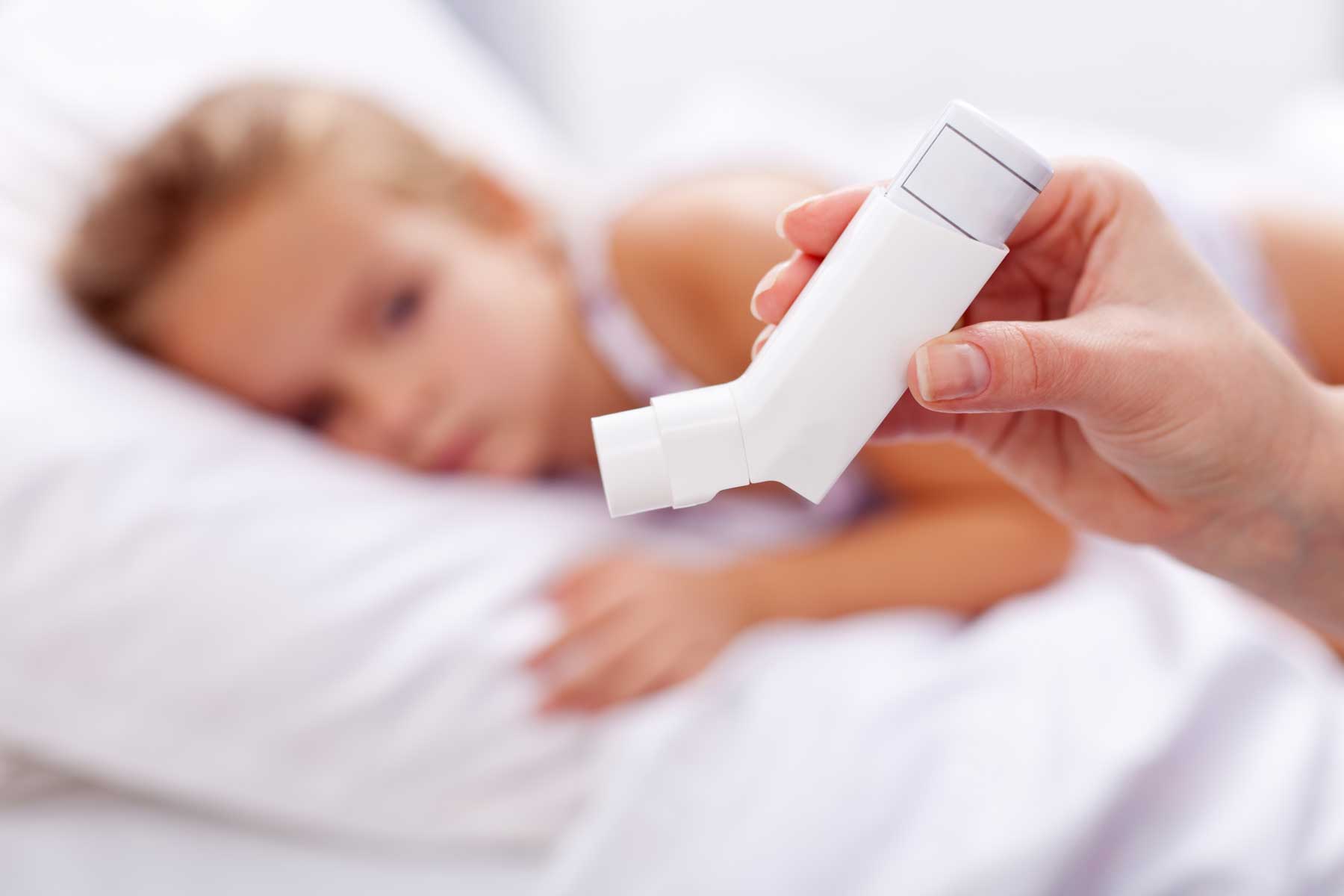- Advisor – Allergic Asthma
- What is allergic asthma?
- How do you get allergic asthma?
- What is the trigger for allergic asthma?
- How do you recognize allergic asthma and what symptoms do you show?
- Do I need to see a doctor?
- Can you get rid of allergic asthma?
- How do I avoid allergic asthma?
- Air purifier for allergic asthma
- How does the air purifier work?
- What air purifiers are there and which air purifier is the best for allergic asthma?
- How do you get allergic asthma?
- What is allergic asthma?
Advisor – Allergic Asthma
Allergic asthma is an overreaction of the body to certain substances. In many cases, allergic asthma is caused by house dust. House dust contains, among other things, mite droppings – a strong allergen to which more and more people are reacting with severe complaints. Pollen or animal hair can also cause allergic asthma. In this guide we will show you how you can ban allergenic substances from your environment – and how you can deal with one air cleaner Be able to sustainably rid your home of allergens.
What is allergic asthma?
When our immune system detects intruders, such as viruses or bacteria, a whole chain of defense measures is started. One of these measures is the release of histamine – a messenger substance that can trigger inflammatory processes, among other things. In some cases, however, our immune system also reacts to substances that are in principle completely harmless to the body. In this case one speaks of an allergy. The allergic rhinitis, also known as hay fever, is known here. Hay fever is a reaction that occurs primarily in the upper respiratory tract. Classic symptoms here are a blocked or runny nose, itchy and reddened eyes or an annoying scratchy throat. If the allergic reaction spreads into the lower respiratory tract, asthmatic symptoms arise – shortage of air, severe coughing or shortness of breath.

How do you get allergic asthma?
Allergic asthma very often occurs in childhood. However, the allergic form of asthma can also develop in adults. An existing, untreated allergy such as the hay fever mentioned above is particularly dangerous.
What is the trigger for allergic asthma?
Allergic asthma is caused by environmental factors. Being outdoors is just as much a factor as normal life in your apartment. Because environmental factors such as pollen, house dust or fine dust in the air are inevitable. Whether a person develops asthma or is spared in the environment despite pollen, animal hair and the like is also genetically determined. If allergies are known within the family, with the parents or grandparents, this significantly increases your own allergy risk. Cigarette smoke is also a trigger for allergic asthma – not only in adult smokers, but also in unborn children! If the fetus is regularly indirectly exposed to cigarette smoke in the womb, the risk of an allergy in later life increases dramatically!
Some of the triggers for allergic asthma include:
- House dust
- Animal hair
- Pollen
- Molds
- Medication
How do you recognize allergic asthma and what symptoms do you show?
If the body classifies substances from the environment as a threat, defense reactions are carried out. The mentioned inflammatory reaction also takes place in the lower airways, i.e. the bronchi. People affected by an allergy suffer from a strong, persistent cough, discomfort when breathing in and out, a significantly increased pulse and pronounced shortness of breath.
Do I need to see a doctor?
The symptoms mentioned can indicate an allergic reaction, but do not necessarily have to be! Allergic asthma can only be reliably diagnosed as part of an allergy test by a family doctor or allergist.
Can you get rid of allergic asthma?
The therapy of allergic asthma is possible, but unfortunately very tedious. A number of drugs are available that use different approaches to reduce chronic inflammation in the bronchi, prevent the release of inflammatory hormones or, as so-called “controllers” in the form of asthma sprays, suppress the narrowing of the bronchi.
How do I avoid allergic asthma?
As with all allergies, it is important to avoid trigger substances in allergic asthma, especially in the home. House dust and animal hair are the main triggers for allergic asthma. Frequent ventilation of all living spaces and regular vacuuming are tried and tested methods of reducing the air pollution with allergy-causing particles. All smooth surfaces in the household should also be wiped with a damp cloth at least twice a week. Air purifiers provide technical support. These devices filter the entire room air several times a day and thus significantly reduce allergens in the air.
Air purifier for allergic asthma
The use of a Air purifier is strongly recommended for existing allergic asthma! Because a air cleaner filters even the smallest particles out of the air – and thus the vast majority of allergy-causing substances! In addition, air purifiers are of course not only suitable for alleviating allergic asthma! Because depending on the technical design, an air purifier can increase the humidity, ionize the air and of course also cool it down.
How does the air purifier work?
In general, all air purifiers work on a similar principle. The air purifier has a large, slowly rotating fan that draws in the air and directs it inside the housing. Here the air is cleaned and, if desired, cooled. The clean air exits on the back of the air purifier. Common devices filter all of the air in a room around twice a day.
What air purifiers are there and which air purifier is the best for allergic asthma?
In the case of allergic asthma, it is important to free the air indoors from allergenic substances as reliably as possible. Prove to be effective air cleaner with the following technologies:
- HEPA filter: HEPA filters are particularly close-meshed filter inserts that filter even the smallest particles out of the air. An air purifier with a HEPA filter should be the minimum equipment if the device is to be used against allergic asthma.
- Activated carbon filter: An air purifier with an activated carbon filter is particularly popular when animal hair, fine dust or pollen are to be removed from the air. Activated carbon filters consist almost entirely of carbon, a material whose surface is comparable to that of a sponge. This highly porous surface holds a huge number of particles – which no longer float around in the air as allergens.

